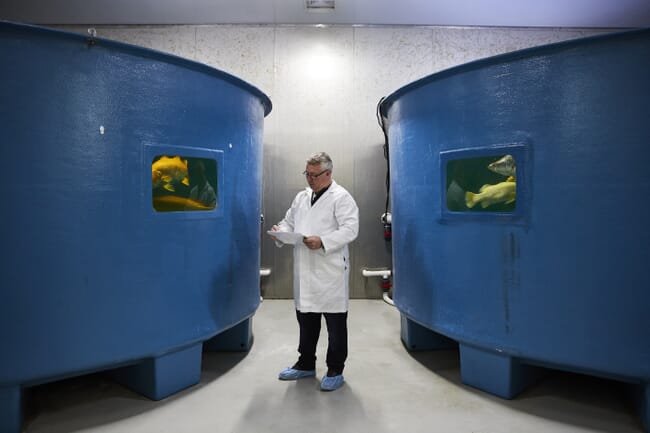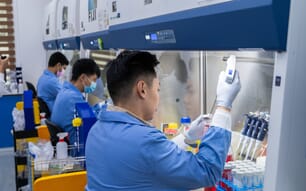PhD candidate Jessica Hintzsche from the University of Queensland’s Queensland Alliance for Agriculture and Food Innovation (QAAFI) is using software to virtually model the genetic tools available to barramundi farming, in collaboration with James Cook University and MainStream Aquaculture Group.
“We are creating the farm’s virtual twin – a 3D digital replica of the real thing to allow us to run simulations,” said Hintzsche in a press release from the university.
“The benefit of a digital twin is that we can test the impact of different genomic, breeding and production technologies – such as parental selection and harvesting options – before they are rolled out on the farm.
“It would allow producers to make decisions about how to take their business to the next level with healthy fish populations.”

Aquaculture in Australia’s north is currently valued at $223 million and has a projected value of $1.34 billion by 2030.
Hintzsche said aquaculture was growing exponentially but the integration of genetic technologies into breeding programmes was slow, with just 10 per cent of the fish farmed globally descended from genetically improved strains.
“To meet demand and keep up with other agricultural industries, genetic tools need to be integrated into breeding programmes,” Hintzsche said.

She added there were many benefits of using AI – including improving sustainability – and there was no limit on what could be modelled with the right quantitative data.
“No one yet has the capacity to apply these techniques in aquaculture and it is amazing to be on the forefront, using this technology to push the boundaries of aquaculture. Really, the sky is the limit,” she concluded.


